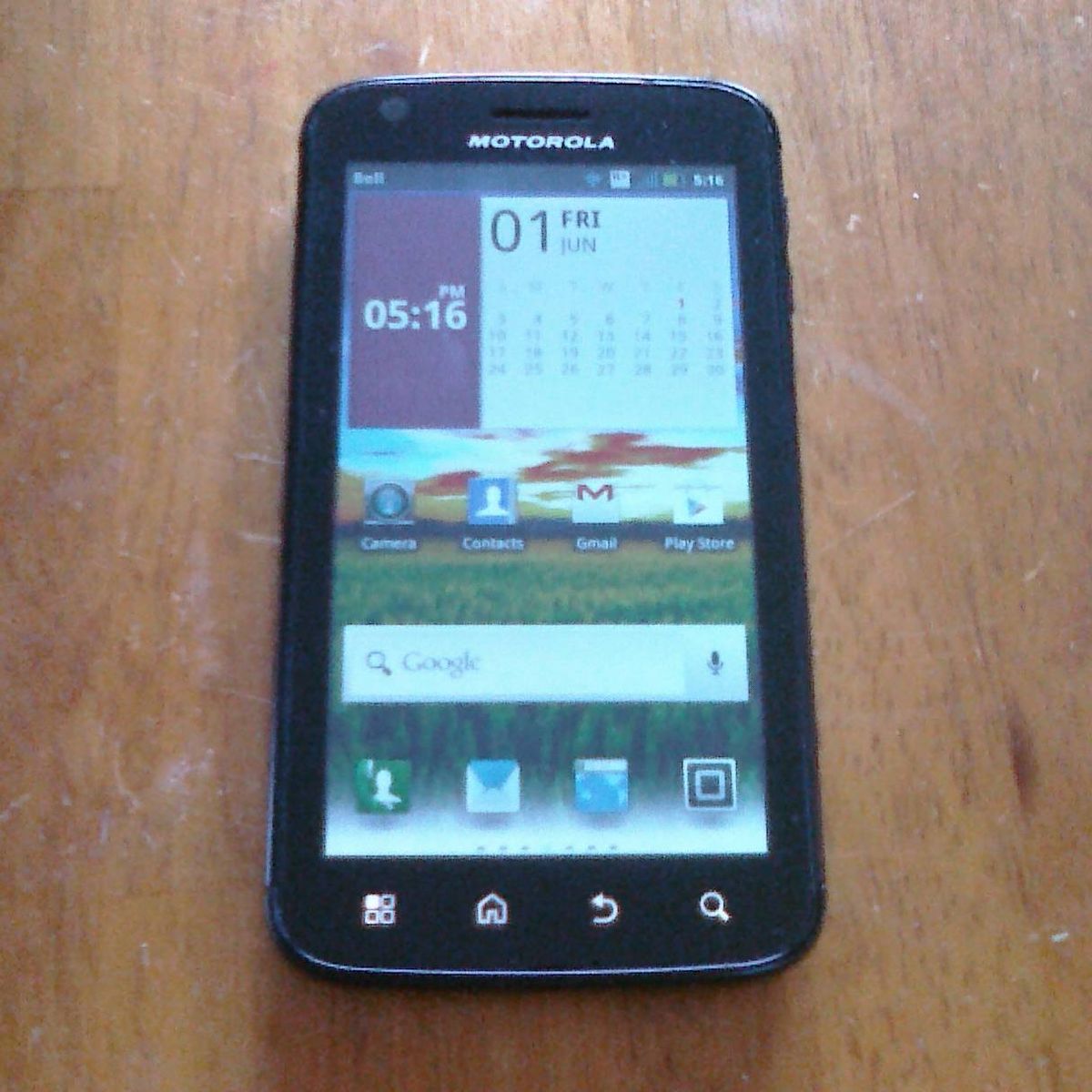Motorola Phone Tools V3 0 Edr
Buy Motorola v3.0 Car Bluetooth Device with Car Charger for Rs.2999 Online. Only Genuine Products. 30 Day Replacement Guarantee. Free Shipping. Cash On Delivery!

Technology - There are two main screen technologies currently used in phones and tablets: LCD and AMOLED. The former usually features a light source and liquid crystals, while the latter is based on organic light-emitting diodes. Newer LCD variations like IPS-LCD and Super-LCD allow for very accurate color reproduction and very wide viewing angles, where no significant image quality loss is observed. Current AMOLED screens differ in such a way that they can exhibit much more saturated colors (sometimes too much) and incredibly high contrast levels, which is due to black color being completely black in AMOLED displays.
Super AMOLED Advanced. CDMA - Code Division Multiple Access.
A technique of multiplexing, also called spread spectrum, in which analog signals are converted into digital form for transmission. For each communication channel, the signals are encoded in a sequence known to the transmitter and the receiver for that channel. The foremost application is digital cellular phone technology from QUALCOMM that operates in the 800MHz band and 1.9GHz PCS band. CDMA phones are noted for their excellent call quality and long battery life. 800, 1900 MHz GSM 850, 900, 1800, 1900 MHz UMTS 850, 900, 1900, 2100 MHz LTE (FDD) Bands 13 Data LTE, HSDPA+ (4G) 21.1 Mbit/s, HSUPA 5.76 Mbit/s, UMTS Micro SIM Yes.

Positioning - This field shows the positioning systems supported by the device. The most common types are GPS and A-GPS. GPS - This is one of the most widespread global positioning technologies, developed and maintained by the U.S. It uses satellites in order to detect your location. Works best in clear weather. A-GPS - A-GPS stands for Assisted GPS and is the industry standard for positioning and navigation. “Assisted” means that it can use local wireless networks, in addition to satellites, for quicker and more precise localization.
A-GPS, S-GPS, Glonass Navigation Turn-by-turn navigation, Voice navigation, Points of interest (POI) Other NFC, Computer sync, OTA sync. FCC approval - The Federal Communications Commission (FCC) is an independent United States government agency, directly responsible to Congress. The FCC was established by the Communications Act of 1934 and is charged with regulating interstate and international communications by radio, television, wire, satellite and cable. The FCC's jurisdiction covers the 50 states, the District of Columbia, and U.S. Every wireless phone device that is sold in the U.S.
Has to be tested and approved for sale by the FCC. Date approved.
FCC measured SAR - Working closely with federal health and safety agencies, such as the Food and Drug Administration (FDA), the FCC has adopted limits for safe exposure to radiofrequency (RF) energy. These limits are given in terms of a unit referred to as the Specific Absorption Rate (SAR), which is a measure of the amount of radio frequency energy absorbed by the body when using a mobile phone. The FCC requires cell phone manufacturers to ensure that their phones comply with these objective limits for safe exposure. Any cell phone at or below these SAR levels (that is, any phone legally sold in the U.S.) is a 'safe' phone, as measured by these standards. The FCC limit for public exposure from cellular telephones is an SAR level of 1.6 watts per kilogram (1.6 W/kg). Head 1.28 W/kg Body 0.63 W/kg Simultaneous Transmission 1.42 W/kg Wireless Router 1.32 W/kg.
Technology - There are two main screen technologies currently used in phones and tablets: LCD and AMOLED. 3d Cad Model Wheelchair. The former usually features a light source and liquid crystals, while the latter is based on organic light-emitting diodes. Newer LCD variations like IPS-LCD and Super-LCD allow for very accurate color reproduction and very wide viewing angles, where no significant image quality loss is observed. Current AMOLED screens differ in such a way that they can exhibit much more saturated colors (sometimes too much) and incredibly high contrast levels, which is due to black color being completely black in AMOLED displays.
Capacity - The bigger, the better! Ankho Me Teri Ajab Si Mp3 Download Skull. However, battery capacity is not the only factor that has an effect on battery life. Those include the chipset in use, the software running on the device, as well as the consumer's unique usage pattern. 750 mAh 680 mAh Type User replaceable, Li - Ion User replaceable, Li - Ion Talk time 6.25 hours the average is 21 h (1233 min) 6.50 hours the average is 21 h (1233 min) Stand-by time 20.8 days (500 hours) the average is 20 days (469 h) 10.4 days (250 hours) the average is 20 days (469 h). FCC approval - The Federal Communications Commission (FCC) is an independent United States government agency, directly responsible to Congress. The FCC was established by the Communications Act of 1934 and is charged with regulating interstate and international communications by radio, television, wire, satellite and cable.
The FCC's jurisdiction covers the 50 states, the District of Columbia, and U.S. Every wireless phone device that is sold in the U.S.
Has to be tested and approved for sale by the FCC. Date approved.